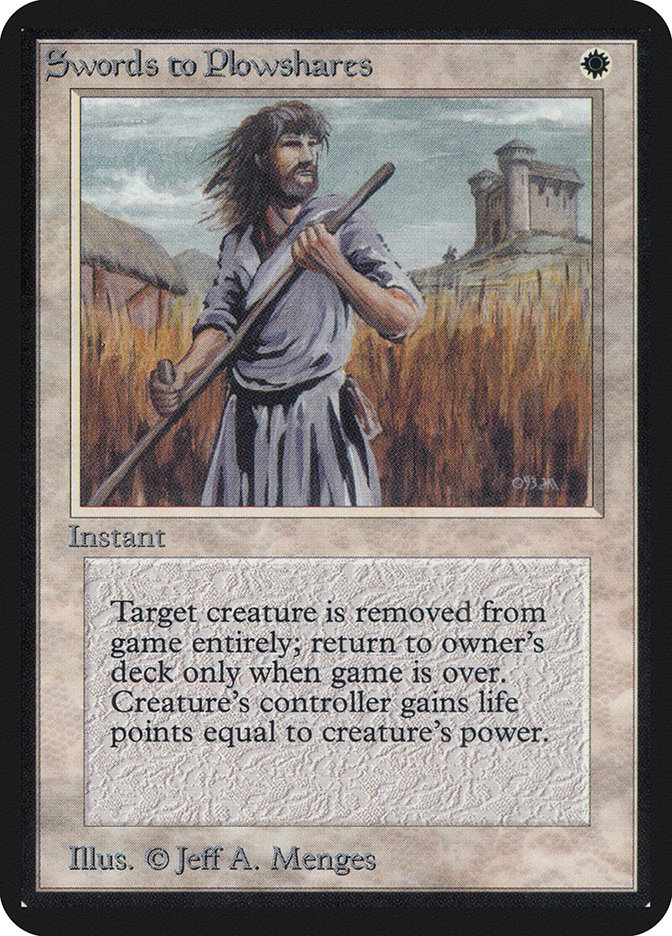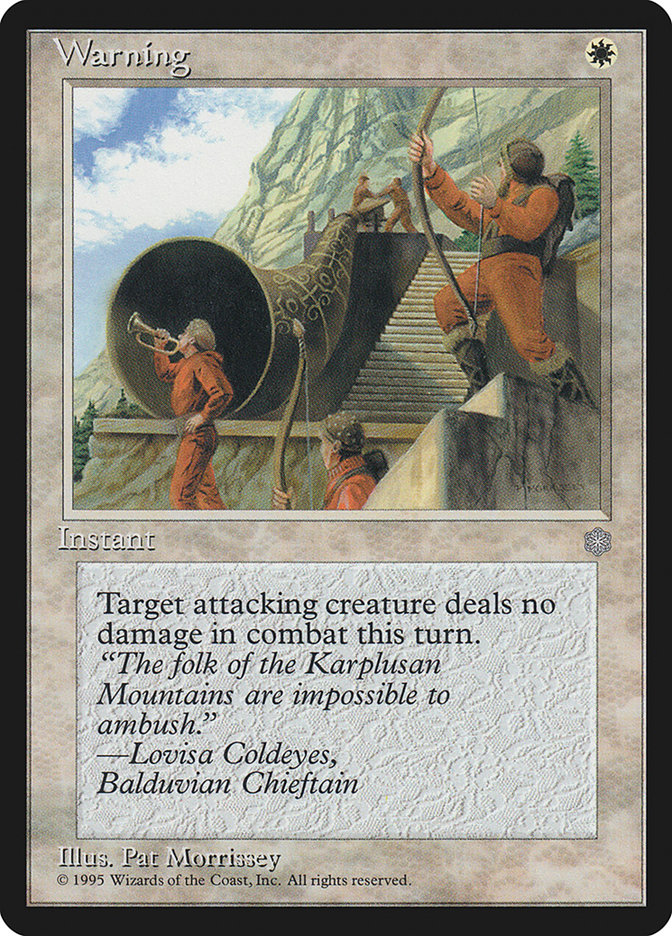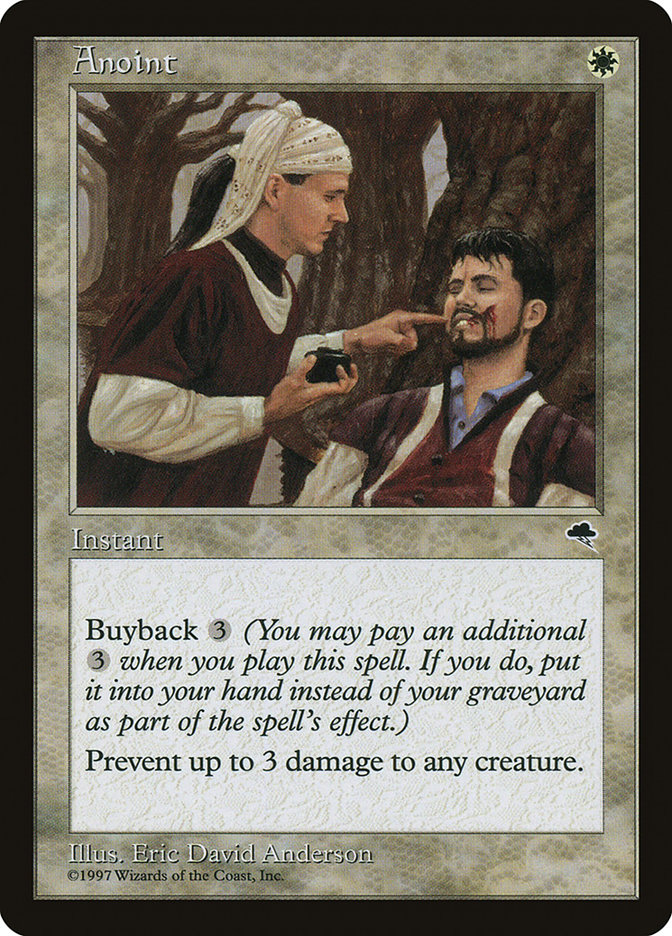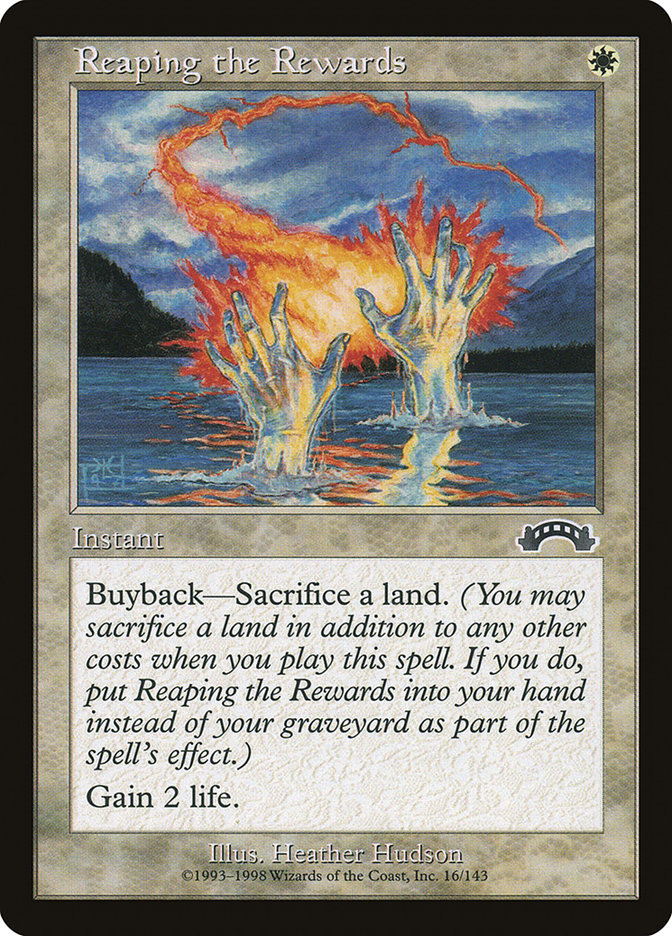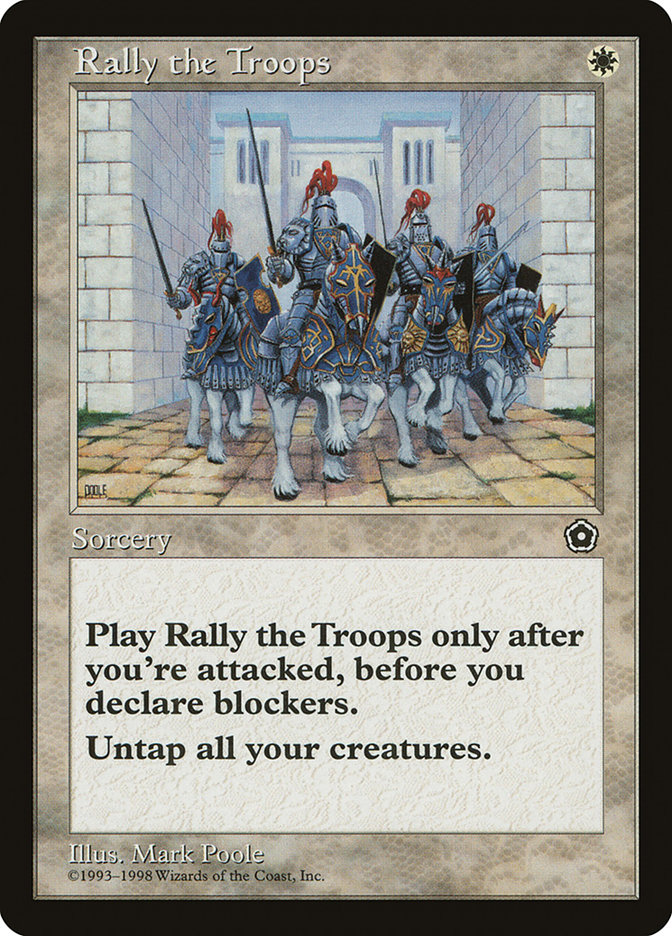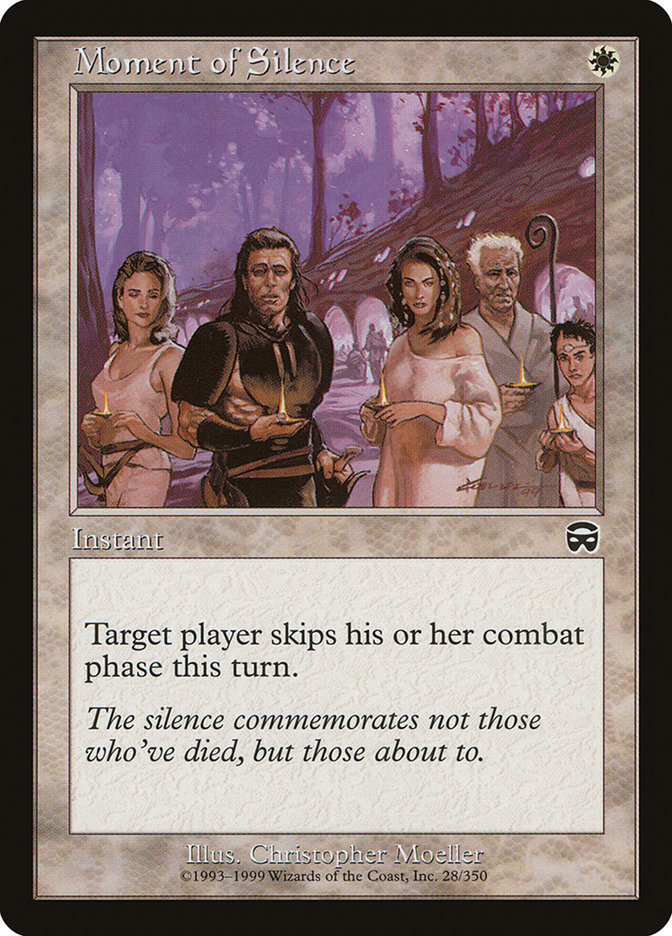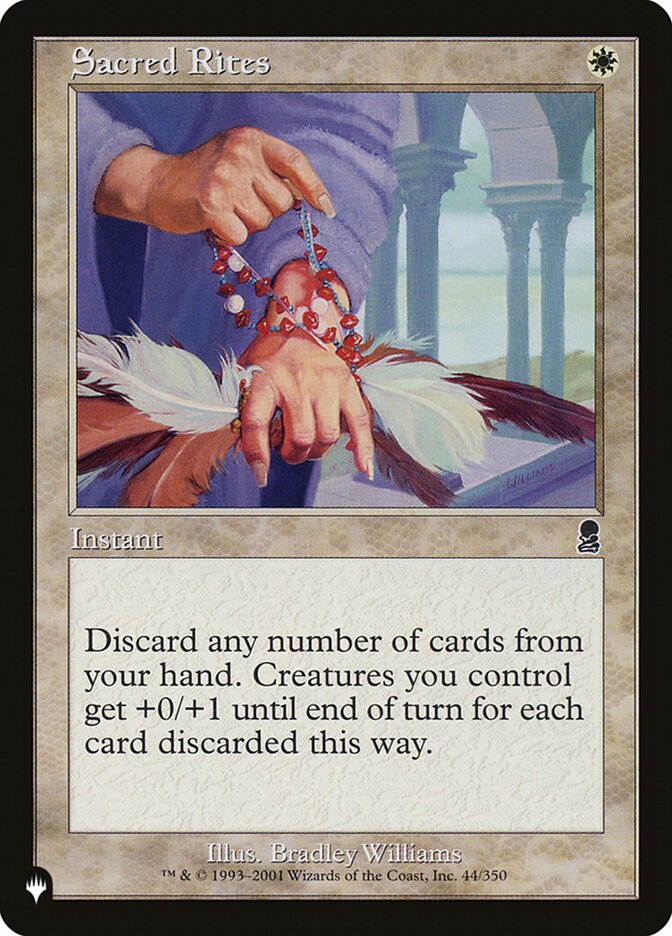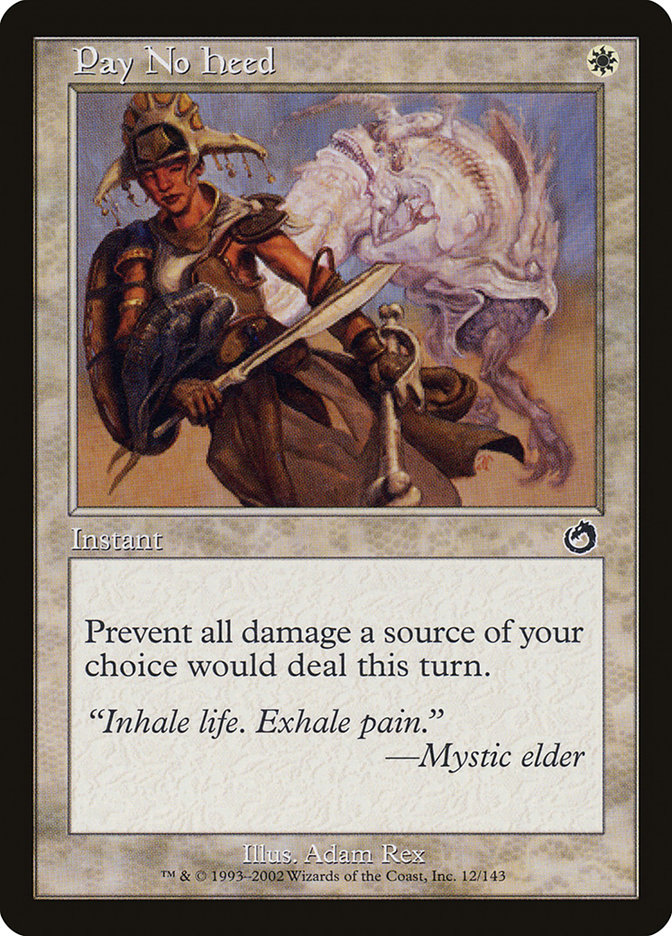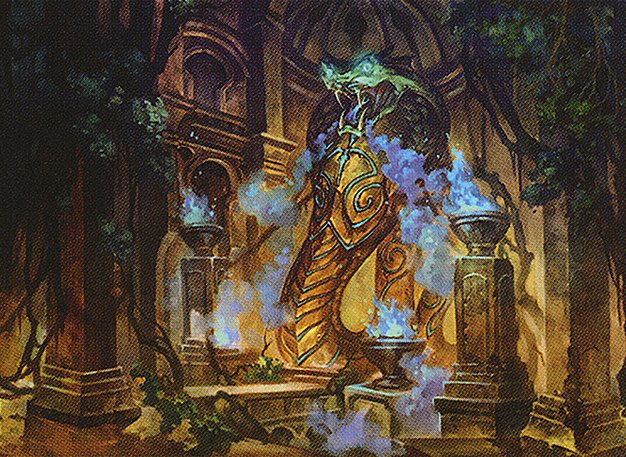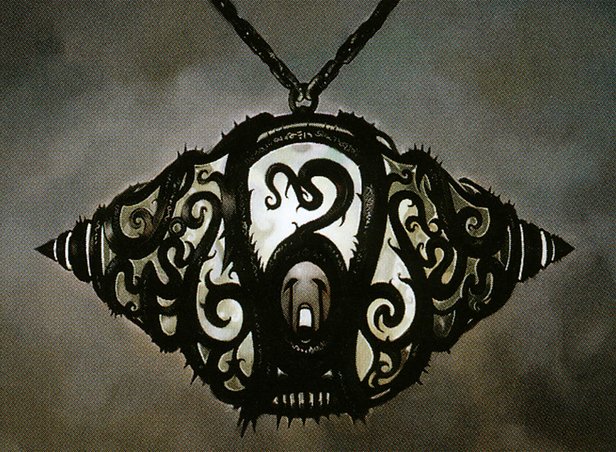Heal MTG Card
| Card sets | Released in 3 setsSee all |
| Mana cost | |
| Converted mana cost | 1 |
| Rarity | Common |
| Type | Instant |
Key Takeaways
- Heal cards in MTG offer life stabilization, proving crucial in outlasting aggressive opponents.
- Instant-speed healing boosts strategic play, keeping adversaries on their toes.
- Though confined to white mana dependency, heal cards’ benefits often justify inclusion in decks.
Text of card
Prevent 1 damage to any creature or player. Draw a card at the beginning of the next turn's upkeep.
"Sometimes even the smallest boon can save a life." —Halvor Arenson, Kjeldoran Priest
Card Pros
Card Advantage: Heal Mtg cards often enable you to gain life, which can draw you into a more stable position against aggressive opponents. They indirectly contribute to card advantage by preserving your life total and allowing you to outlast your opponent, making every card you play more impactful over the course of the game.
Resource Acceleration: Many Heal Mtg cards not only recover lost life but sometimes also deploy additional resources as well. This could mean adding permanents to the board that continue to provide life gain, or in some cases, directly ramping your mana to play significant threats earlier than usual.
Instant Speed: The capability to heal at instant speed offers tremendous strategic flexibility. Being able to wait until the last possible moment gives you the advantage of ambiguity, keeping your opponents guessing. This can force your opponent to commit to a less than optimal line of play, which can ultimately turn the tides of the match in your favor.
Card Cons
Discard Requirement: Some healing cards in MTG ask you to discard another card as part of the casting cost. This can set you back, especially when you’re trying to preserve your hand for future turns or if you’re already running low on cards.
Specific Mana Cost: Healing cards frequently require white mana, which means they’re typically restricted to decks that run white or have a mana base that can accommodate white spells. This could be a hurdle for players whose strategy does not align with the color white.
Comparatively High Mana Cost: Cards focused on healing can sometimes come with a steep mana cost relative to the life gained. This can make them less appealing when compared to other cards that offer direct board control or card advantage for the same or lower mana investment.
Reasons to Include Heal Cards in Your Collection
Versatility: Heal cards are essential in any MTG player’s collection since they can be integrated into various deck types to help maintain life totals. They’re particularly useful in decks focused on prolonging the game and in matchups against aggressive strategies.
Combo Potential: Heal cards often work in harmony with lifelink creatures or other card abilities that trigger upon gaining life. This synergy can create powerful combinations that overwhelm opponents by rapidly amplifying your life points or activating alternative win conditions.
Meta-Relevance: With a meta that frequently shifts towards fast-paced, damage-heavy decks, possessing heal cards offers a countermeasure to these aggressive tactics, allowing you to stabilize and regain control of the game. This adaptability to opposing trends makes heal cards an indispensable tool in competitive play.
How to beat
Understanding your opponent’s strategy is pivotal when facing a Heal MTG card in play. Primarily found within white-based decks, these cards are designed to gain life, often swaying the match into a war of attrition. To successfully navigate against such a card, a player should consider employing direct damage spells or effects that can disrupt the life gain, swiftly reducing the opponent’s life total or preventing the accumulation of life points altogether.
Aggressive decks that excel at delivering rapid blows can keep pressure on decks that utilize Heal cards, often outpacing the gradual life gain. In contrast, control decks might favor countering key spells or using cards with life total setting abilities to mitigate the life-gaining benefits. Other options include strategies that hinge on alternate win conditions, which circumvent life totals, making the life gained from Heal cards inconsequential to the game’s outcome.
Effectively, adapting your playstyle and deck to either counteract or sidestep the life gain from Heal cards can turn the tides. Whether through relentless aggression, strategic control, or innovative win conditions, there’s a pathway to victory against the resilient nature of Heal cards in Magic: The Gathering.
Cards like Heal
The allure of life gain in Magic: The Gathering lies in cards like Heroes’ Reunion, which instantly bolsters a player’s life total, much like the card Heal. Heroes’ Reunion offers an impressive life boost without any additional effects or conditions. While Heal grants a more modest life gain, it compensates with versatility, providing the option to prevent damage to creatures as well. This dual utility can be pivotal in combat scenarios, offering a strategic edge.
Swords to Plowshares is another relevant comparison. Although it doesn’t directly increase life total, its ability to exile a creature while potentially giving an opponent life points positions it as a powerful piece of life-related interaction. In comparison, Heal is less about affecting the board and more about sustaining life totals and creatures. Then there’s Rest for the Weary, a card that also focuses on life gain and has a landfall ability to increase its impact. While not as direct as Heal, it can offer larger life gains throughout the game.
In evaluating these comparisons, Heal holds its ground with its low cost and dual purpose, catering to players who value both life preservation and battlefield tactics within Magic: The Gathering.
Cards similar to Heal by color, type and mana cost
Where to buy
If you're looking to purchase Heal MTG card by a specific set like Ice Age and Fifth Edition, there are several reliable options to consider. One of the primary sources is your local game store, where you can often find booster packs, individual cards, and preconstructed decks from current and some past sets. They often offer the added benefit of a community where you can trade with other players.
For a broader inventory, particularly of older sets, online marketplaces like TCGPlayer, Card Kingdom and Card Market offer extensive selections and allow you to search for cards from specific sets. Larger e-commerce platforms like eBay and Amazon also have listings from various sellers, which can be a good place to look for sealed product and rare finds.
Additionally, Magic’s official site often has a store locator and retailer lists for finding Wizards of the Coast licensed products. Remember to check for authenticity and the condition of the cards when purchasing, especially from individual sellers on larger marketplaces.
Below is a list of some store websites where you can buy the Heal and other MTG cards:
- eBay
- TCG Player
- Card Kingdom
- Card Market
- Star City Games
- CoolStuffInc
- MTG Mint Card
- Hareruya
- Troll and Toad
- ABU Games
- Card Hoarder Magic Online
- MTGO Traders Magic Online
See MTG Products
Printings
The Heal Magic the Gathering card was released in 3 different sets between 1995-06-03 and 2009-09-07. Illustrated by Mark Tedin.
| # | Released | Name | Code | Symbol | Number | Frame | Layout | Border | Artist |
|---|---|---|---|---|---|---|---|---|---|
| 1 | 1995-06-03 | Ice Age | ICE | 30 | 1993 | Normal | Black | Mark Tedin | |
| 2 | 1997-03-24 | Fifth Edition | 5ED | 32 | 1997 | Normal | White | Mark Tedin | |
| 3 | 2009-09-07 | Masters Edition III | ME3 | 14 | 1997 | Normal | Black | Mark Tedin |
Legalities
Magic the Gathering formats where Heal has restrictions
| Format | Legality |
|---|---|
| Commander | Legal |
| Legacy | Legal |
| Paupercommander | Legal |
| Oathbreaker | Legal |
| Pauper | Legal |
| Premodern | Legal |
| Vintage | Legal |
| Duel | Legal |
| Predh | Legal |
Rules and information
The reference guide for Magic: The Gathering Heal card rulings provides official rulings, any errata issued, as well as a record of all the functional modifications that have occurred.
| Date | Text |
|---|---|
| 2009-10-01 | You draw a card at the beginning of the next turn’s upkeep after Heal resolves, regardless of whether 1 damage was actually prevented. |




